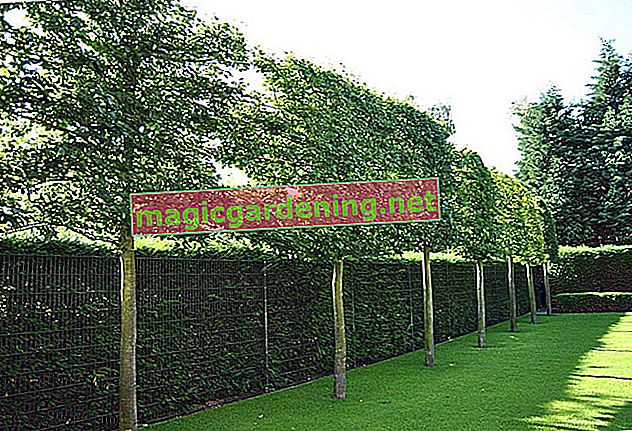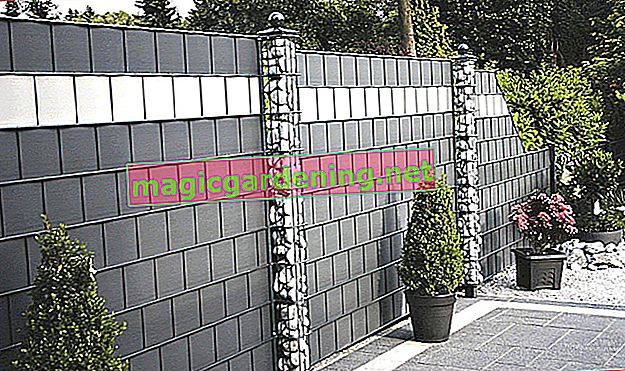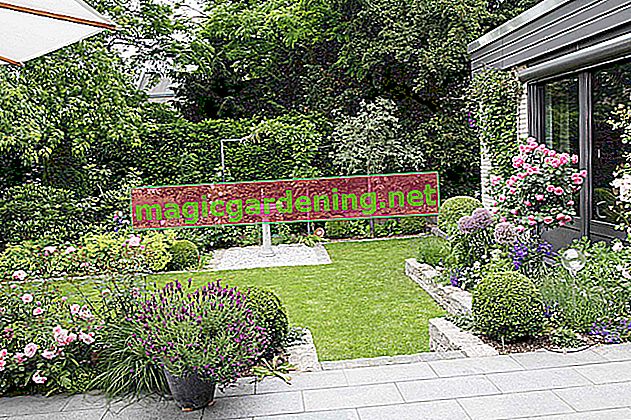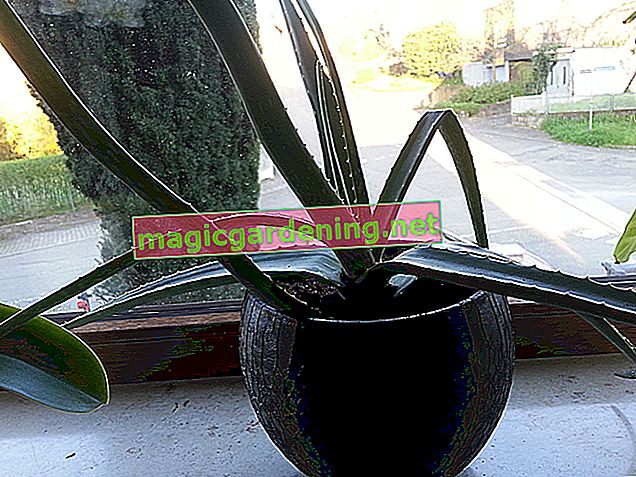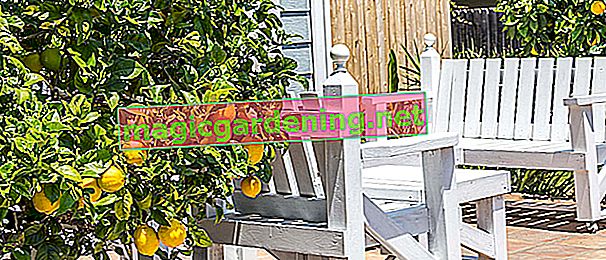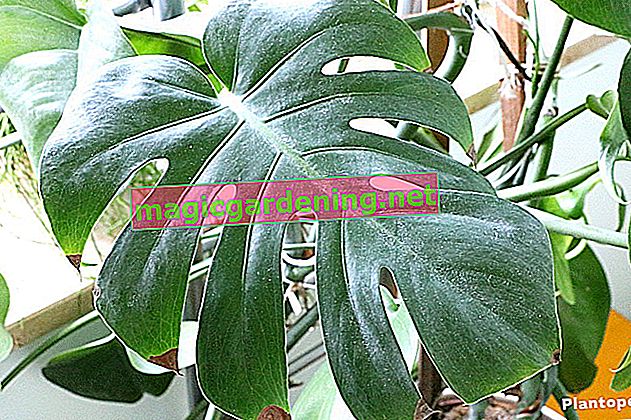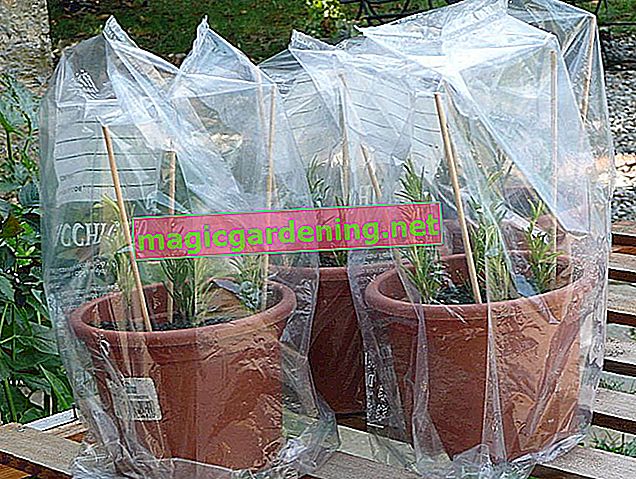
The sowing of upholstery phlox
In the gardening trade, the upholstered phlox is usually offered in the form of strong young plants in plant containers. These have the advantage that they can be planted relatively flexibly in the garden from spring to autumn. However, with a little care, it is also possible to grow the upholstery phlox from seeds yourself. However, please note the following:
- the phlox is a frost germer (which is why sowing in the field should be done before winter)
- Plants grown indoors at 16 to 18 degrees Celsius can be sensitive to frost
- the delicate roots of small young plants can easily be damaged when transplanting
also read
- The perfect location for the upholstery phlox
- The upholstered phlox as a ground cover in the garden - tips for the optimal planting time
- The heyday of the upholstery phlox
Usually, sowing is only practiced as a method of propagation for annual phlox species, as the perennial upholstery phlox can be propagated more easily in other species and is only partially true-to-variety when grown from seeds.
Strong specimens can be divided like other perennials
After a few years in the bed, you can carefully dig out particularly strong specimens of the upholstered phlox in the spring and carefully split them with a sharp-edged spade. Be careful not to over-size the remaining pieces. In very sunny locations, it can make sense to combine division propagation with pruning particularly long shoots.
The rooting of cuttings
From May to July, the time is particularly good for cutting cuttings for Polsterphlox. To do this, cut about 5 to 6 cm long head cuttings from the shoot ends of the plant and remove the lower leaf roots from each of them. Then stick the cuttings in loose substrate in a rather shady place in the garden. Keep this moderately moist for a few weeks until the cuttings have developed their own roots and can be transplanted.
Tips
The upholstery phlox, like many other rock garden plants, tends to let its cushions hang over the edges of natural stone walls and rocks in the rock garden. When cutting off individual parts of the plant, for reasons of reproduction, note that often large areas of the plant cushion are not connected to the ground via roots. Always divide the plants so that all cuttings have a sufficiently large proportion of roots.


